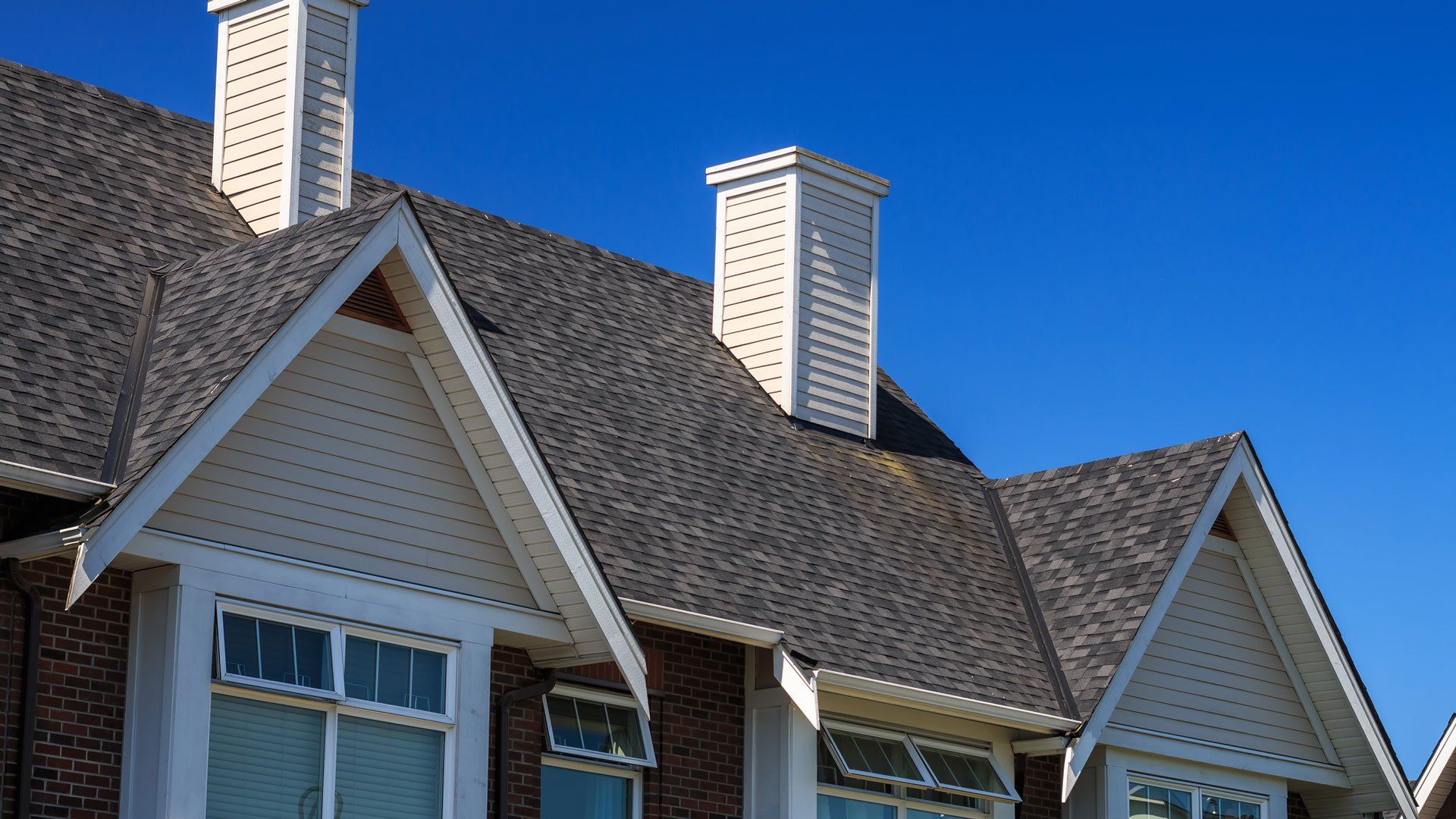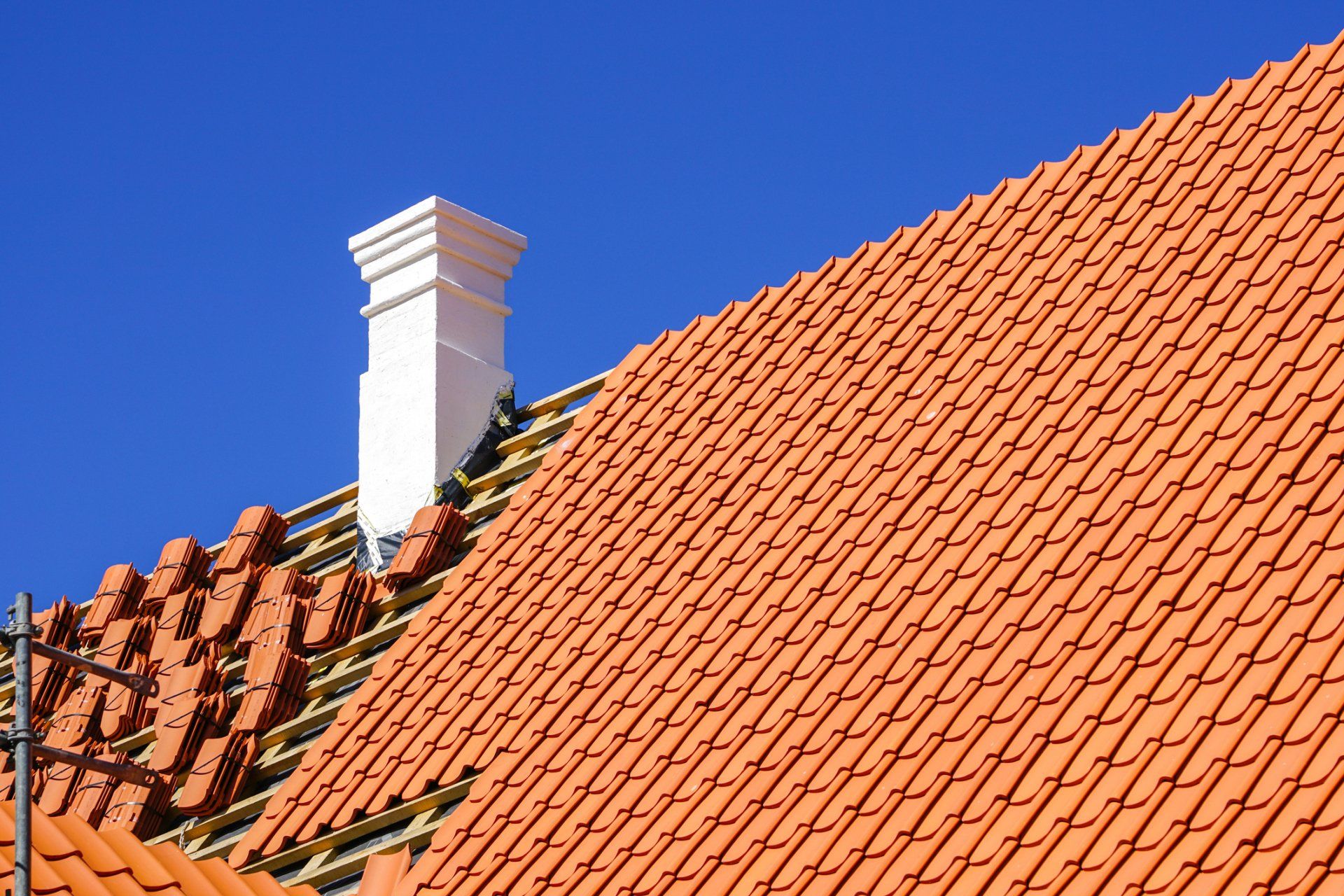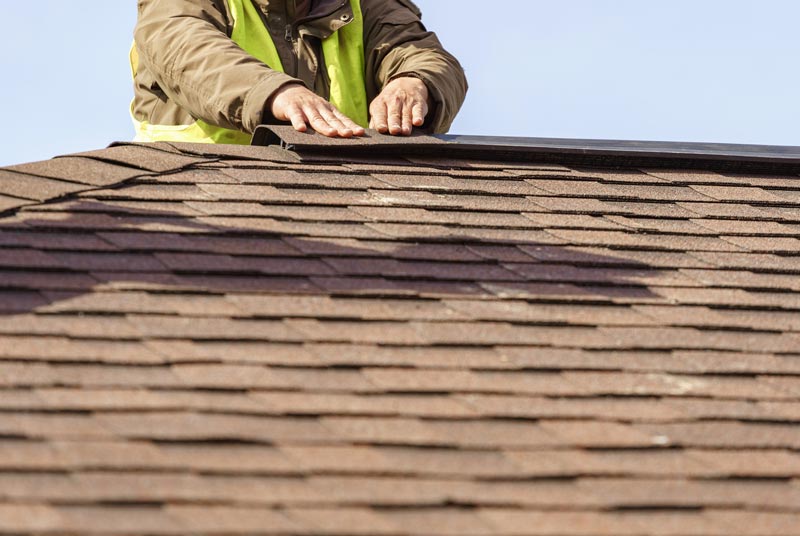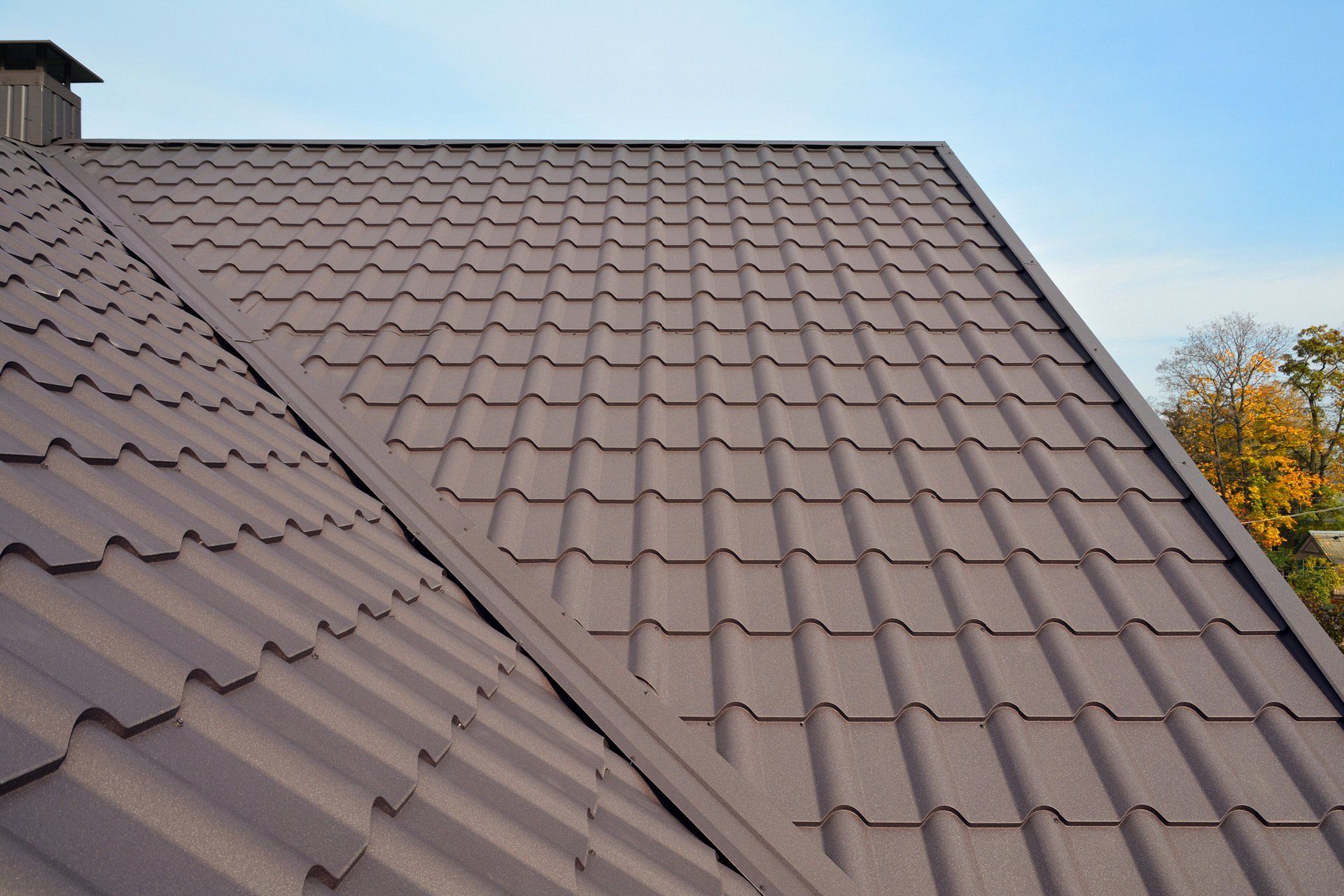Roof Underlayments: Their Importance &Your Options - Read Blog
websitebuilder • November 12, 2020
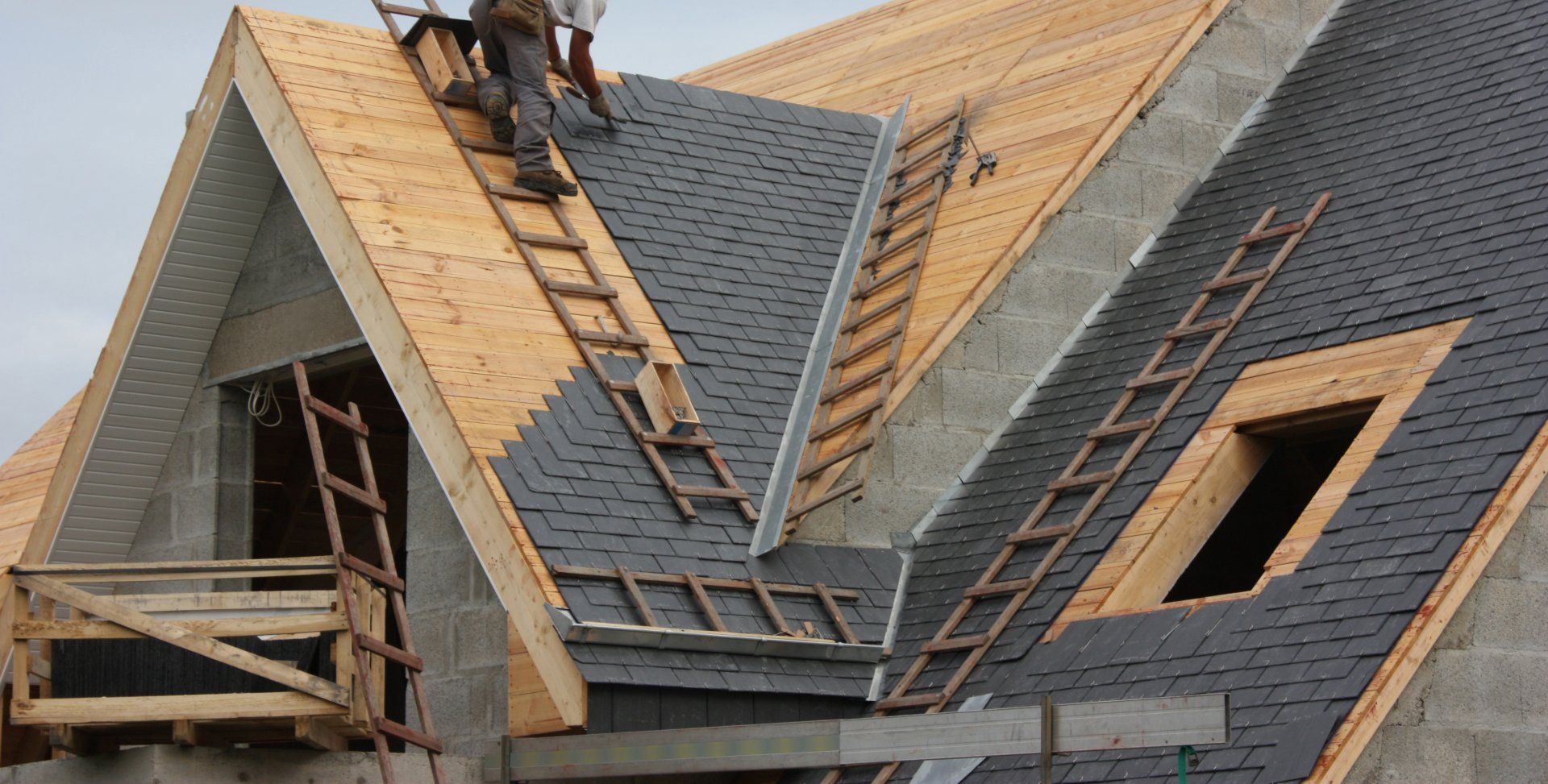
Many homeowners do not realize just how many important components a roof is made of. Underneath the outer surface of a roof, which is typically made of a layer of shingles, shakes, or tiles, lies another critical roof component called an underlayment.
Your roof's underlayment protects the wooden roof decking underneath it from water damage that could occur if rainwater were to seep under your shingles or tiles. In addition, if your roof exterior becomes damaged during a severe weather event, a quality roof underlayment protects your roof's decking and frame until the storm passes to limit water and impact damage. Any damage to your roof's decking could lead to water leaking into your home and damaging your home's interior.
While your roof expert can help you choose the best roof underlayment for your home based on your desired roof type, local climate, and budget, read on to learn about just a few of the roof underlayment types available today and how they differ.
Asphalt-Saturated Felt
Asphalt-saturated felt, or felt paper, has been a popular natural roof underlayment material for many years. Felt paper is made by saturating a flexible material called basemat with asphalt. The basemat of asphalt-saturated felt is typically composed of plant fibers or polyester or a combination thereof.
Asphalt-saturated felt is water-resistant yet not completely waterproof. In addition, this roof underlayment type helps increase roof impact resistance and is one of the most affordable underlayment options available today.
However, this natural underlayment type tends to degrade faster than some synthetic underlayment types in use today and tends to be heavy in weight, which can lead to an overall heavier roof and a more difficult installation process.
Non-Bitumen Synthetic Underlayment
Non-bitumen synthetic underlayments, also called synthetic felts, have increased in popularity in recent years. Synthetic underlayments vary in composition, but they can be made from polyester, polypropylene, polyethylene, fiberglass, or a combination of these materials. Just like asphalt-saturated felt, synthetic underlayments are also water-resistant yet not typically completely waterproof.
Synthetic underlayments are lightweight, so they are good options if you are installing a heavy roof
material over them and do not want your underlayment to add much additional weight to your roof. Non-bitumen underlayments also degrade much more slowly than their asphalt-based counterparts, so they need to be replaced less often.
Synthetic underlayments tend to cost more than asphalt-saturated felt, so keep this fact in mind if you are on a tight budget.
Rubberized Asphalt
Another popular roof underlayment type available today is rubberized asphalt. Unlike both asphalt- saturated felt and synthetic underlayments, rubberized asphalt underlayments are not just water-resistant but instead completely waterproof.
Aside from being created out of a combination of waterproof asphalt and rubber polymers, this underlayment type typically comes in sheets with a peel-and-stick adhesive backing. This attachment method creates a watertight seal between the underlayment and your roof deck.
This underlayment type is typically more costly than felt paper or synthetic underlayments. While this underlayment type can be installed over the entire roof to increase its weather resistance, some homeowners choose to add it to only areas of the roof most prone to water intrusion, such as the roof eaves, valleys, and around roof features.
Every homeowner should understand the importance of having a quality roof underlayment underneath their roof shingles or tiles. Your roof underlayment protects your roof decking and home from the outside elements when water seeps under your roof surface or the outer layer of your roof becomes damaged during a severe weather event.
Contact the roof experts at Whittle's Roofing Co., Inc., to discuss your roof and your options for roof underlayment replacement
today.
Every homeowner needs to fully understand all the parts of their roof. Learn about four important features so you can protect your roof.


